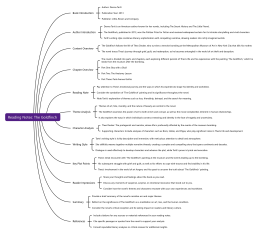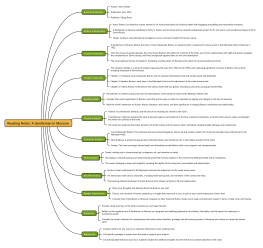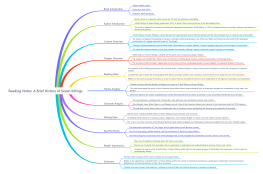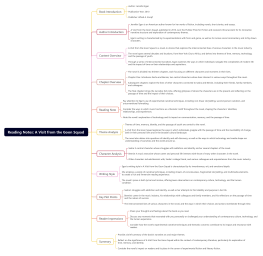Civil Torts
2024-07-06 21:11:07 0 Report
Login to view full content
Other creations by the author
Outline/Content
Introduction
Definition
Define civil torts as wrongful acts or omissions that lead to legal liability for damages, distinct from criminal offenses, and governed by civil law principles.
Purpose
Explain the purpose of civil tort law in compensating victims for harm, deterring wrongful conduct, and promoting social order and justice.
Categories of Torts
Intentional Torts
Define intentional torts as wrongful acts committed with intent to cause harm or knowing that harm is likely to result, including assault, battery, false imprisonment, trespass, defamation, and intentional infliction of emotional distress.
Negligence
Explain negligence as the failure to exercise reasonable care in avoiding foreseeable risks of harm to others, leading to legal liability for damages, and discuss elements of negligence including duty of care, breach of duty, causation, and damages.
Strict Liability
Discuss strict liability as legal responsibility for harm caused by certain activities or products, regardless of fault or intent, such as liability for ultrahazardous activities or defective products.
Elements of a Tort Claim
Duty of Care
Explain the concept of duty of care owed by the defendant to the plaintiff, based on the relationship between the parties or the foreseeability of harm.
Breach of Duty
Discuss breach of duty as the failure to meet the required standard of care, either through action or inaction, resulting in foreseeable harm to the plaintiff.
Causation
Define causation as the link between the defendant's breach of duty and the plaintiff's harm, including both actual causation (cause in fact) and proximate causation (legal cause).
Damages
Examine damages as the compensable harm suffered by the plaintiff, including economic damages (e.g., medical expenses, lost wages) and non-economic damages (e.g., pain and suffering, emotional distress).
Defenses to Tort Claims
Consent
Discuss consent as a defense to intentional torts, where the plaintiff willingly agrees to the defendant's actions or assumes the risk of harm.
Comparative Negligence
Explain comparative negligence as a defense to negligence claims, where the plaintiff's own negligence contributes to their harm, reducing the defendant's liability proportionally.
Assumption of Risk
Define assumption of risk as a defense to negligence claims, where the plaintiff voluntarily exposes themselves to a known risk of harm, absolving the defendant of liability.
Remedies and Damages
Compensatory Damages
Discuss compensatory damages as the primary remedy in tort cases, aimed at compensating the plaintiff for their actual losses and restoring them to their pre-injury condition.
Punitive Damages
Examine punitive damages as an additional remedy available in cases involving egregious misconduct or intentional wrongdoing, intended to punish the defendant and deter future misconduct.
Injunctive Relief
Define injunctive relief as a court order requiring the defendant to cease certain actions or behaviors, typically granted in cases involving ongoing harm or threats to the plaintiff's rights.
Conclusion
Significance
Summarize the significance of civil tort law in protecting individual rights, promoting accountability, and providing avenues for redress and compensation for victims of wrongful conduct.
Future Developments
Discuss potential future developments or challenges in tort law, such as emerging technologies, changes in societal norms, and evolving legal standards for liability and damages.

0 Comments
Next page
Recommended for you




